

Daycare Accidents
Many parents and guardians trust daycares to keep their children safe from harm while they are at work; the reality is that daycare accidents do happen. Curious, active children can easily end up breaking a bone, getting a concussion or simple cuts and bruises. When a child is injured badly enough that a trip to the hospital or doctor is warranted, the family may be left wondering who is responsible for the bill. Certainly some accidents are unavoidable but many more could be prevented if daycare employees were more consistently vigilant in following safety guidelines, eliminating hazards and supervising closely.
Read More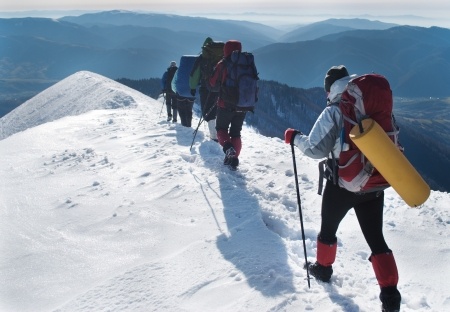

Top Winter Hiking Safety Tips
Hikes range in length and intensity but even a day hike can turn into an overnight when an unexpected event occurs such as an avalanche or simply taking a wrong turn. A smart hiker is always prepared, especially when undertaking a winter hike. Hiking safety tips are especially important when winter hiking because daylight hours are short and there is a risk of hypothermia.
(more…)
Read More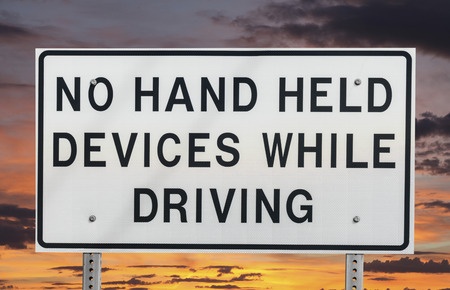

The Hands Free Cell Phone Causes Danger on Roads
A study released by the AAA Foundation in 2008, revealed that two-thirds of Americans who use cell phones to communicate while driving believe that it is safer to talk on a hands free cell phone than on a hand-held device. The data shows that talking on hands-free devices almost equally impairs reaction times and increases the driver’s risk of being in a car accident as much as for a driver using a hand-held device, according to a study conducted by VTTI. With cell phone usage increasing the risk of a car accident by four times; this is a troubling finding. The reality is that it takes up to 27 seconds to regain full attention after issuing voice commands and even after the driver ends the call, he continues to be distracted for another 15 seconds (while driving at 25mph). Many researchers believe that this is due to, “withdrawal of attention from the processing of information in the driving environment” while speaking on a cell phone. The concept is also referred to as “inattentional blindness” or “perceptual blindness” in psychological literature which describes a situation where a person will fail to see an unexpected stimulus, such as a pedestrian stepping out into the road, because they are focusing their attention on a different task, in this case, talking on a cell phone. Simons & Chabris released a review of these experiments in 1999.
Read More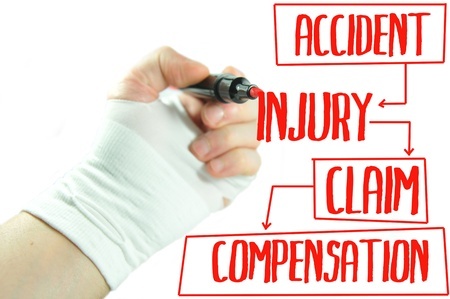

How is Negligence Established in Ski Accidents?
Skiing is a popular sport but it does carry the risk of serious personal injury. Common skiing injuries include orthopedic injuries, head injuries, and even damage to internal organs. Because of the unique circumstances involved in ski accidents; specific laws, rules, and regulations in each state are used to govern them.
An experienced ski accidents attorney is the best fit to help you navigate compensation for your personal injury; he or she will understand the particular aspects of ski law.
How is Negligence Established in Ski Accidents?
Read More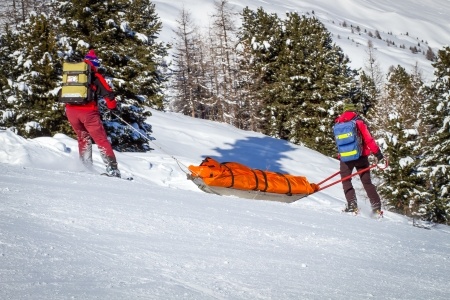

Can I Recover Damages for a Skiing Accident?
The Pacific Northwest is home to some of the world’s best skiing mountains making it a popular local sport. There is no doubt, however, that the sport carries a high risk for personal injury. Skiers may sign a waiver that they are risking a skiing accident without the ability to sue but if you were injured by another skier or snowboarder, or by a ski area operator; you may be entitled to recover damages for your injuries.
Many skiing injuries are the result of collisions with other skiers or riders, chairlift accidents, or other ski area operator negligence. Ski area operator negligence can involve issues such as heavy machinery operation mistakes or malfunctions, in-area avalanches, or improperly marked boundaries.
Read More

Sauna Safety Tips
Spending time in a sauna is a relatively safe and, many would argue, a health-promoting activity. The world was shocked in August, 2010 when a man died in that year’s World Sauna Championships in Finland. There were more than 100 participants in the championship, which was setup in 1999 to celebrate a tradition that goes back hundreds or possibly thousands of years. The deadly accident served to highlight the fact that saunas should only be used in moderation as the human body can only take so much heat. There is also little scientific evidence to support the health benefits of saunas outside of relaxation and questions remain about what even moderate sauna use might do to our bodies.
How the Human Body Responds to Saunas
Read More

Protect Your Kids from a Furniture Tip-Over Accident
In an effort to curb childhood deaths and injuries from tip-over accidents, in June 2015, The U.S. Consumer Product Safety Commission (CPSC) launched a national public education campaign called “Anchor It!”. Tip-over accidents from TVs and other furniture are one of the top hidden hazards in the home. Parents should try to look at their decor through the eyes of a curious, exploring toddler who may be tempted to climb on furniture like a jungle gym.
Read More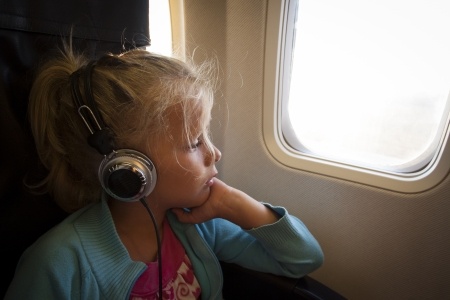

Airplane Safety Tips for your Child
The Federal Aviation Administration (FAA) strongly recommends that parents keep their infants and toddlers strapped into a government-approved child safety restraint system (CRS) or device. It is not certain that a parent can hold an infant securely in their arms throughout a flight, especially during unexpected turbulence. It can also be difficult to keep toddlers in their seats using only the plane’s lap belt.
Airplane Safety Tips: How to Choose a CRS
Read More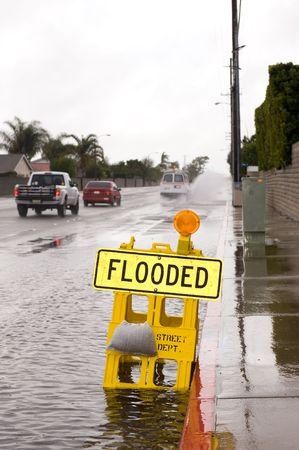

How do Poor Weather Conditions Impact Car Accidents?
How do poor weather conditions affect car accidents on roadways? Poor weather can create visibility impairments and affect vehicle performance through lost traction, stability and maneuverability. It may also create road hazards that can delay travel, close roads, and increase the risk of car accidents.
Poor Weather Conditions have an impact on road safety
On average, there are more than 5,760,000 car crashes in the United States every year. About 22 percent of car accidents (about 1,259,000) are considered weather-related.
Read More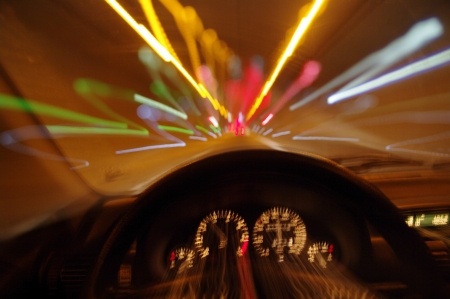

Don’t be a New Year’s Car Accident Statistic
New Year’s is one of the busiest long-distance travel periods of the year with an increase of 23 percent, compared to the average number of long distance trips during the rest of the year. About 91 percent of travel over the holidays is done by motor vehicle to domestic locations (99 percent). Combine this extra travel with lots of parties and an increase in alcohol consumption, and it is a recipe for more car accidents.
According to the Highway Traffic Safety Administration (NHTSA), New Year’s Eve and New Year’s Day bring an increased rate of fatal car crashes. If you or your family is injured in a New Year’s car crash, contact a car accident attorney right away. There is no cost to you; attorney fees are paid out of the settlement.
